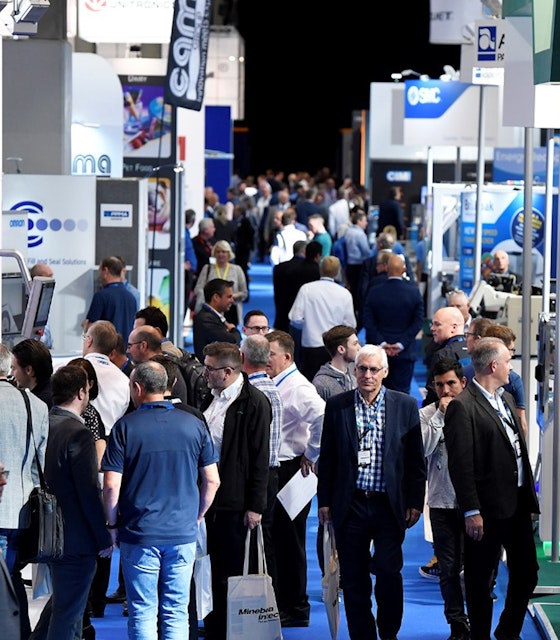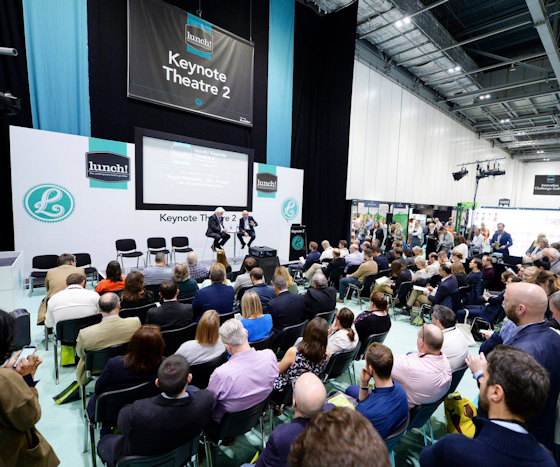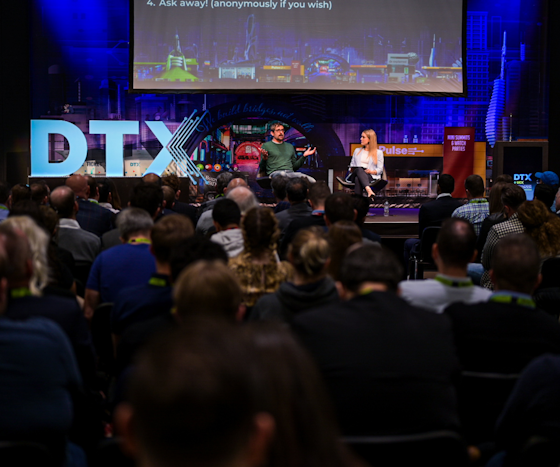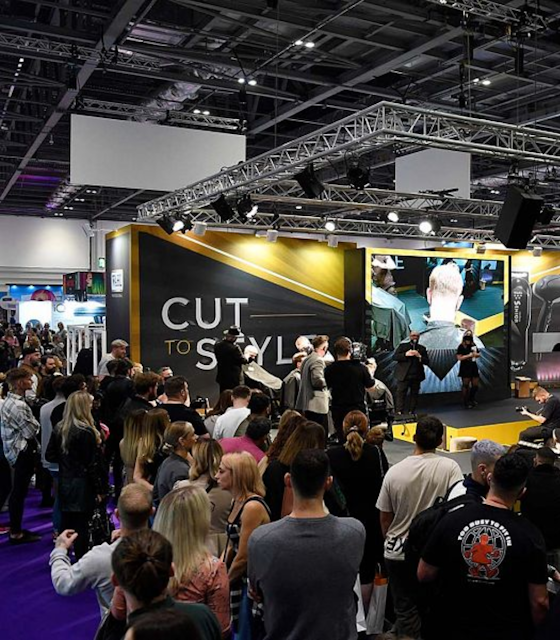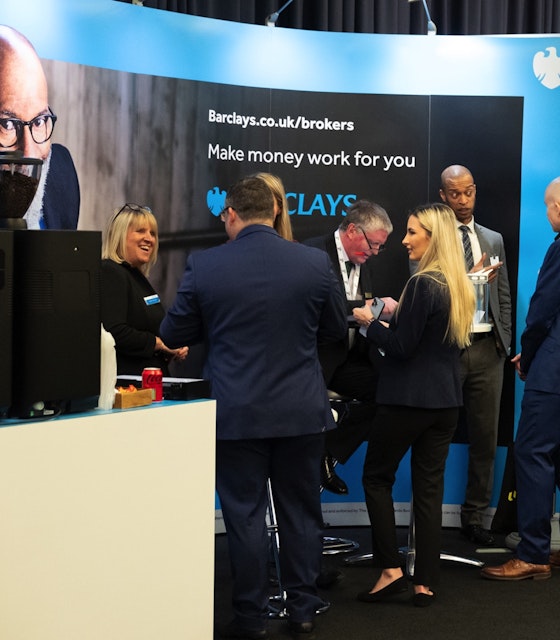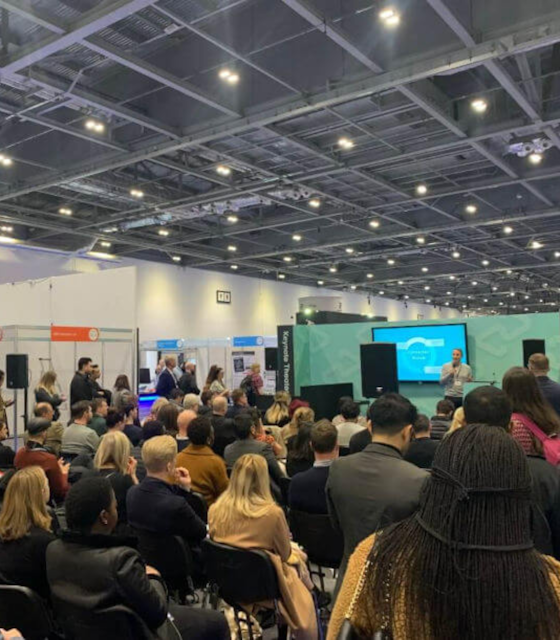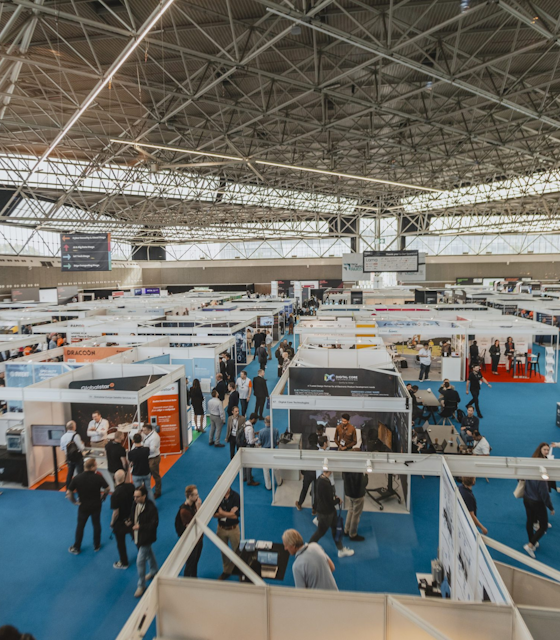
Showing All Posts

Trade Show Guide

Trade Show Guide
Trade Show Logistics: 7 Useful Tips to Save Time and Money

Trade Show Guide
Setting SMART Goals for Your Next Trade Show Appearance

Marketing Advice
7 Ways to Showcase Customer Testimonials at a Trade Show
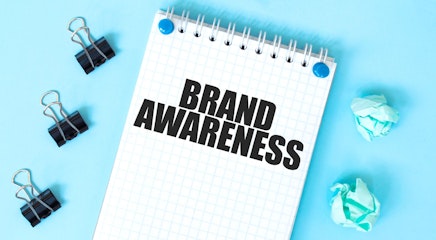
How To Guides
How to Increase Brand Awareness: 7 Effective Tips

How To Guides
How to Properly Store Your Roller Banner

Trade Show Guide
How to Maximise Your Visibility and Impact at Trade Shows

How To Guides
How to Utilise White Space for Cleaner and Impactful Designs

How To Guides
Seasonal Marketing: How to Do It Right?

How To Guides
How to Balance Text and Graphics Effectively

Marketing Advice
Choosing the Right Brand Colours for Maximum Impact

How To Guides
How to Use QR Codes in Signage to Drive Customer Action

Trade Show Guide
The Top 10 Insurance Trade Shows & Events in the UK

How To Guides
How to Exhibit on a Budget for Small Businesses

Trade Show Guide










































